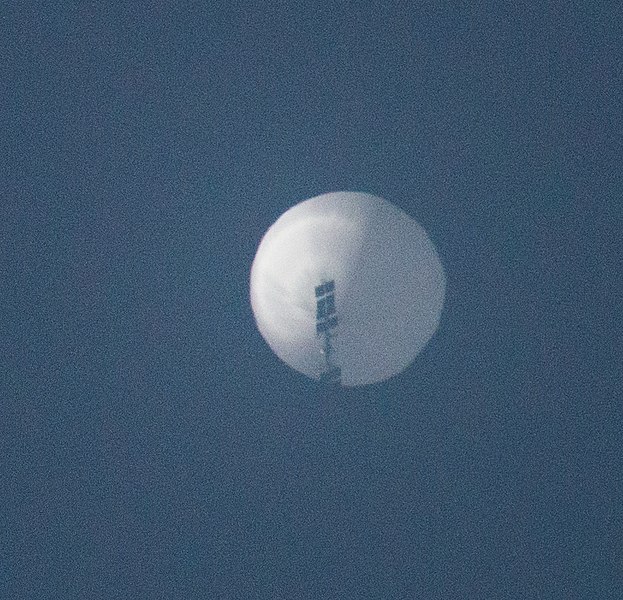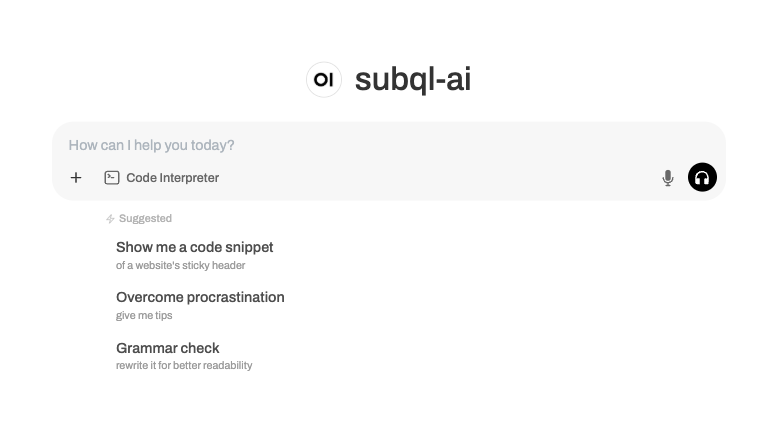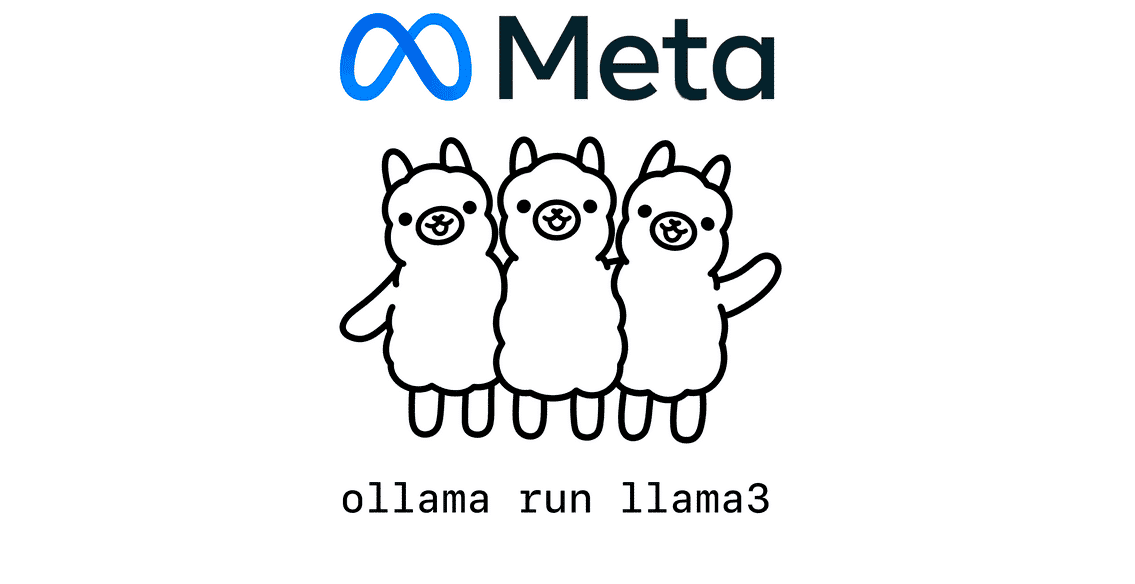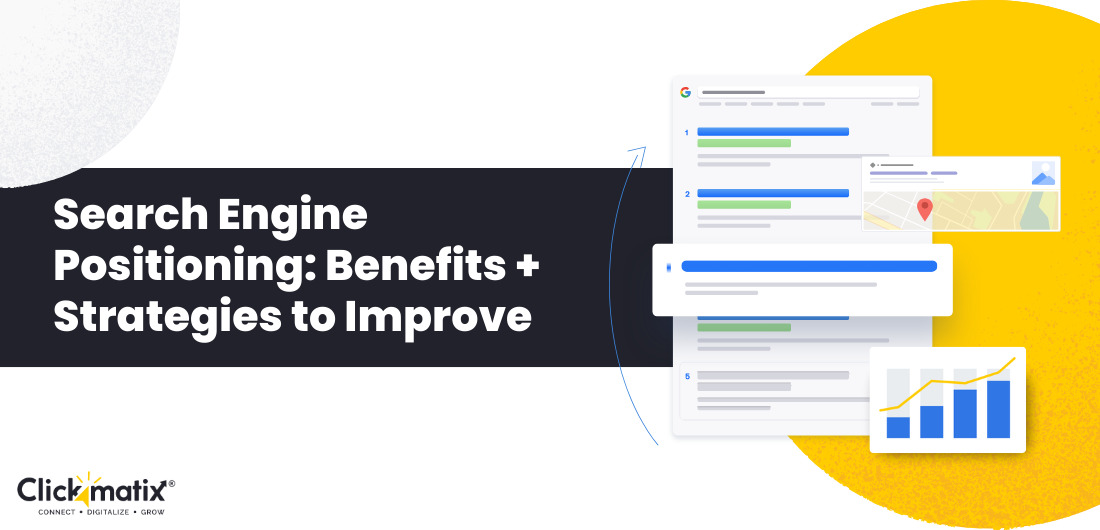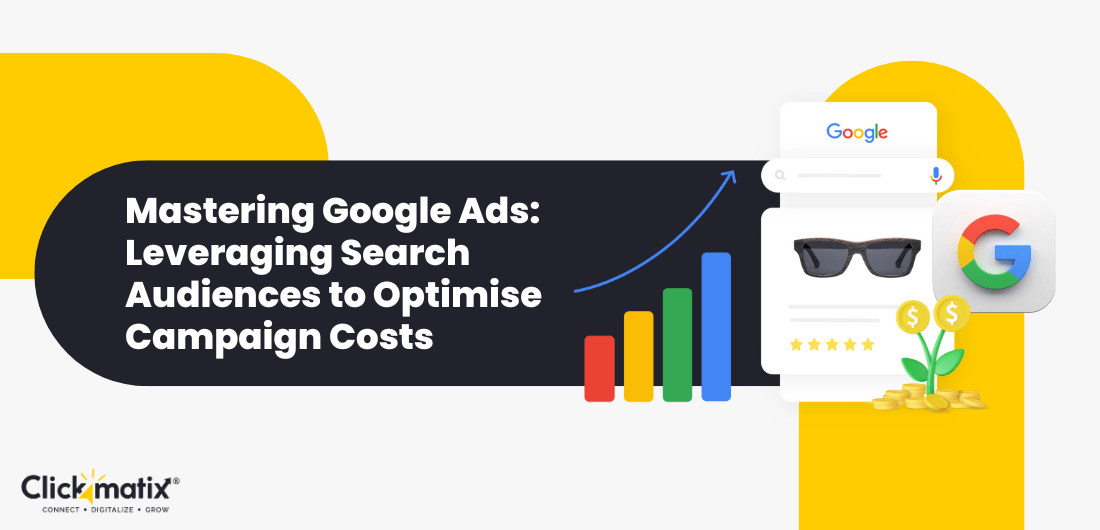Google Ads Cost in 2024: Comprehensive Pricing Guide
Considering advertising your business online? Google Ads can be a game-changer. It’s a powerful tool that can help you directly connect with your target audience. Imagine having your ads appear right next to search results, on popular YouTube videos, and across countless websites. That’s the kind of massive reach Google Ads offers, making it a […]

Considering advertising your business online? Google Ads can be a game-changer. It’s a powerful tool that can help you directly connect with your target audience.
Imagine having your ads appear right next to search results, on popular YouTube videos, and across countless websites. That’s the kind of massive reach Google Ads offers, making it a fantastic way to drive traffic to your website, generate leads, and ultimately increase sales.
But before you jump in, it’s important to understand how Google Ads pricing works. This way, you can make informed decisions about your advertising budget and maximise your investment.
In this post, we’ll break down Google ads price in 2024 and share some tips to help you manage and even reduce your Google advertising rates.
Factors that Impact Google Ads Pricing
Google Ads pricing depends on several factors. But don’t worry! Below, we have listed some critical factors that influence Google advertising rates significantly.
Competition in the Marketplace
The industry you’re in can have a big impact on your Google advertising costs. Imagine you’re providing legal services. There are probably a lot of other lawyers competing for attention in the same online space. This means you might have to pay more per click (CPC) to display your ad because competition drives up the price. On the other hand, if you’re in a more niche market with fewer competitors, you might snag clicks for a lower price.
Seasonal Trends and Google Ads
Just like prices at the store can change depending on the time of year, Google Ads costs can fluctuate too. Think about stores that sell holiday decorations – they’re probably willing to pay more to advertise in November and December when everyone’s shopping for ornaments and lights. By understanding these trends and adjusting your campaigns accordingly, you can ensure your budget stretches as far as possible.
Your Google Ads Report Card
Google wants to show users relevant and helpful ads =. So, they created a system called Quality Score to rank your ads. This score considers things like how well your keywords match your ad text, and whether your landing page delivers on what your ad promises. A high-quality Score can lead to lower costs and better ad placement, so it’s worth putting in the effort to improve your Google SEM costs and Google PPC pricing.
Choosing the Right Words for Google Ads
The words you choose to target with your ads can significantly impact the price. Keywords with high search volume, meaning a lot of people are searching for them, are often more expensive. But that doesn’t mean you should only target the cheapest keywords. By using a mix of broad, exact, and long-tail keywords, you can find a balance between affordability and reaching the right audience. You can also use negative keywords to filter out irrelevant searches, ensuring your ad spend goes towards people who are genuinely interested in what you have to offer.
How Much Are You Willing to Pay for Google Ads?
Think of Google Ads bidding as an auction. You set the maximum amount you’re willing to pay each time someone clicks on your ad. Higher bids can increase your chances of displaying your ad, but they also cost more. The key is to find a sweet spot between getting your ad seen and staying within your budget. You can even use automated bidding strategies to take the guesswork out of it.
How Much to Spend on Google Ads
Your budget is the total amount you’re willing to spend on Google Ads each day or month. Setting a budget is a great way to control your Google advertising costs and avoid overspending. But remember, you also need to allocate enough money to reach your goals. Regularly checking your campaign performance and adjusting your budget as needed will ensure you’re getting the most out of your investment.
How Does Google Ads Determine Your CPC?
Google Ads prices are determined by a complex auction system, but a key factor is cost-per-click (CPC). This is the amount you pay each time someone clicks on your ad. Several factors influence your CPC. Let’s go through some of them:
Understanding Your Google Ads Report Card
Think of Quality Score as a grade Google gives your ads, keywords, and landing pages. It reflects how relevant and helpful your ad is to searchers. Here’s the good news: a higher Quality Score can lead to lower CPC. Google rewards advertisers who create relevant, high-quality experiences for users.
To improve your score, focus on crafting ads that are super relevant to the keywords you’re targeting. Make sure your landing page delivers exactly what your ad promises. Think of it like this: when searchers land on a page that exactly matches what your ad advertised, they’re more likely to stick around and engage with your content.
This positive user experience signals to Google that your ad is high-quality, and they reward you with a lower CPC. By optimising your Quality Score, you can potentially reduce your Google advertising rates.
The Race for the Top Spot
Imagine a contest for the best ad spot on the search results page. This position is determined by your Ad Rank, which is calculated by multiplying your bid amount by your Quality Score.
The higher your Ad Rank, the better your chances of appearing at the top. So, the trick is to find a balance between a strategic bid and a stellar Quality Score to secure that prime spot and potentially reduce your CPC. A higher Ad Rank typically means more clicks and conversions, but it can also lead to higher costs if you’re not careful with your bids.
Here’s where Quality Score comes in again: by optimising your Quality Score, you can potentially get more bang for your buck and achieve a better Ad Rank with a lower bid. This can significantly impact your Google SEM costs and Google PPC pricing.
Unveiling the Cost-per-Click
This is the exciting part – the actual CPC you pay! It’s determined by a formula that considers the Ad Rank of the advertiser below you, divided by your own Quality Score, with a minimum charge of one cent. Here’s the key takeaway: a higher Quality Score directly lowers your CPC. This makes optimising your Quality Score a powerful tool for managing your Google Ads costs.
Bidding Strategies for Different Goals
While CPC is a popular option, Google Ads offers a variety of bidding strategies to suit your specific goals. Here’s a quick look at three common choices:
-
Cost-per-click (CPC):
You pay each time someone clicks your ad. Great for driving website traffic and generating leads.
-
Cost-per-thousand-impressions (CPM):
You pay for every thousand times your ad is shown. Ideal for brand awareness campaigns where reaching a large audience is key.
-
Cost-per-acquisition (CPA):
You pay for specific actions on your website, like sales or sign-ups. Perfect for performance-driven campaigns focused on results.
How Much Does Google Ads Cost in 2024?
Just like a delicious pizza with a variety of toppings, the cost of Google Ads depends on several ingredients. Let’s understand these factors in detail to learn how much do Google ads cost?
The Cost per Click
One way to measure Google advertising rates is through CPC or cost-per-click. This means you only pay when someone clicks on your ad. Here’s a ballpark range for 2024:
-
Search Ads:
These text-based ads that appear on search engine results pages (SERPs) typically cost between $1 and $3 per click.
-
Display Ads:
These visual ads that appear on websites can be more affordable, ranging from $0.50 to $1 per click.
The Plot Thickens
However, these are just starting points. The real cost can vary depending on your industry. Competitive fields, like legal services or insurance, might see CPC rates skyrocket to over $50 per click! This is because businesses in these areas fiercely compete for the same potential customers, driving up Google advertising costs.
Australia as an Example
Let’s take a trip Down Under and explore Google Ads costs in Australia, a major digital ad market. Here, search ads generally cost between AUD 1.50 and AUD 3.00 per click, while display ads range from AUD 0.50 to AUD 1.50. However, just like elsewhere, these can fluctuate based on competition, the popularity of your target keywords, and your Quality Score (a Google ranking that rewards relevant and well-designed ads).
The Total Bill
There’s more to consider than just CPC. Some businesses hire professional Google Ads managers, whose fees can range from $500 to $5,000 per month.
Aiming for that Sweet ROI
Another factor to consider is your conversion rate, which is the percentage of people who click on your ad and then take a desired action, like making a purchase or signing up for your email list. Ideally, you want to keep your CPC low while achieving a healthy conversion rate. This balance will ultimately determine your return on investment (ROI), which is the amount of money you make back for every dollar you spend on Google Ads.
Google’s Reward for Relevance
We mentioned Quality Score earlier, but it’s worth diving deeper. Google rewards relevant and high-quality ads with a lower CPC. So, how do you improve your Quality Score? Here are some tips:
- Craft compelling ad copy that speaks directly to your target audience.
- Use relevant keywords that accurately reflect your product or service.
- Make your landing page user-friendly to deliver a great experience after someone clicks on your ad.
Unveiling Your Google Ads Cost
By understanding these factors, you can estimate your total Google Ads investment. Remember, the digital landscape is constantly evolving, so stay informed and watch out for new trends to optimise your campaigns and get the most out of your advertising budget.
In short, uncovering the exact Google PPC pricing requires considering industry, competition, and campaign specifics. However, you can get a general idea by looking at the average Google ads cost per click (CPC). Search ads typically range from $1 to $3 per click, while display ads are usually cheaper at $0.50 to $1 per click.
But remember, these are just starting points. For a more precise estimate, factor in your industry’s Google Sem costs and Google advertising rates.
5 Tips to Reduce Google Ads Cost
My Google Ads campaigns are draining my budget way too fast! You’re definitely not alone. The good news is that you can be savvier with your spending without hurting your results. Here are five key strategies to help you make the most of your Google Ads budget:
Make Your Ads Shine
By crafting relevant ads, getting more people to click on your ads (known as click-through rate or CTR), and ensuring your landing page gives a fantastic user experience, you can boost your Quality Score. This can lead to Google rewarding you with lower Google sponsored ads price per click (CPC). So, think of Quality Score as a gold star from Google for your amazing ads!
Block Irrelevant Traffic with Negative Keywords
Imagine showing your fancy new shoe store ad to someone searching for “buy socks in bulk.” Not exactly ideal, right? Negative keywords are like bouncers for your ad campaign. They help block irrelevant searches, so your ads are only shown to people genuinely interested in what you offer. This means less wasted ad spend and more clicks from potential customers, ultimately reducing your Google ads cost per month.
Let Google Do the Heavy Lifting with Smart Bidding
Smart bidding strategies are like having a super-powered assistant for your campaigns. These automated tools use clever algorithms to adjust your bids in real-time, aiming to hit your specific goals (like getting more sales or website visits) at the absolute best cost. Whether you’re looking for ways to lower Google Adwords costs in Australia or anywhere else in the world, smart bidding can be a game-changer.
Target Like a Laser with Audience Refinement
Advanced targeting options can help you reach the exact audience you’re looking for. Think demographics like age, location, and even the types of devices people use. The more specific you get, the more likely you are to reach people who will actually convert (take action you want them to take, like buying something). This can help you get a better return on ad spend (ROAS) for your campaigns, regardless of whether you’re using Search Network Ads, Display Ads, Discovery Ads, or any other Google Ads campaign type.
Supercharge Your Ads with Extensions
Think of ad extensions as little superpowers for your ads. They add extra information like your phone number, additional website links, or even special offers. This can make your ads stand out more and give people more reasons to click. Plus, more clicks can lead to a better Quality Score (remember that gold star?) and lower costs. Using extensions effectively increases your ad click-through rate and allows you to make the most of your Google Ads budget.
Understanding What Affects the Cost of Your Google Ads in Australia
Google Ads is a powerful way to reach new customers, but cost can be confusing. Don’t worry! Here’s how Google Ads works:
- It’s like an auction. Advertisers compete for keywords that people search for.
- The highest bid doesn’t always win. Google considers your ad quality (Quality Score) too.
- High Quality Score means lower cost per click (CPC).
Here’s how to improve your Quality Score:
- Write clear, engaging ad copy highlighting your product’s benefits.
- Ensure your landing page is relevant to your ad and offers a good user experience.
- Use relevant keywords throughout your ad and landing page.
Not all keywords are equal. Some are competitive and expensive, while others are more specific and cheaper. Consider using a mix of both.
Relevance is key! Google wants to show helpful ads. So, make sure your ad matches what people are searching for.
Location and device can also affect cost. Depending on your industry, big cities and mobile devices might be more expensive.
Additionally, a Google Ads management tool can help you improve your Quality Score by giving you insights and suggestions for optimising your campaigns.
Conclusion
Understanding Google Ads cost Australia in 2024, particularly for the Australian market, is key to optimising campaigns for cost-efficiency and ROI. Businesses can achieve this by focusing on quality scores, keywords, bids, budgets, and targeting. Staying informed and implementing best practices helps businesses thrive in digital advertising, regardless of industry. Keep monitoring and optimising your Google Ads to ensure it deliver consistent results while controlling costs.
What's Your Reaction?










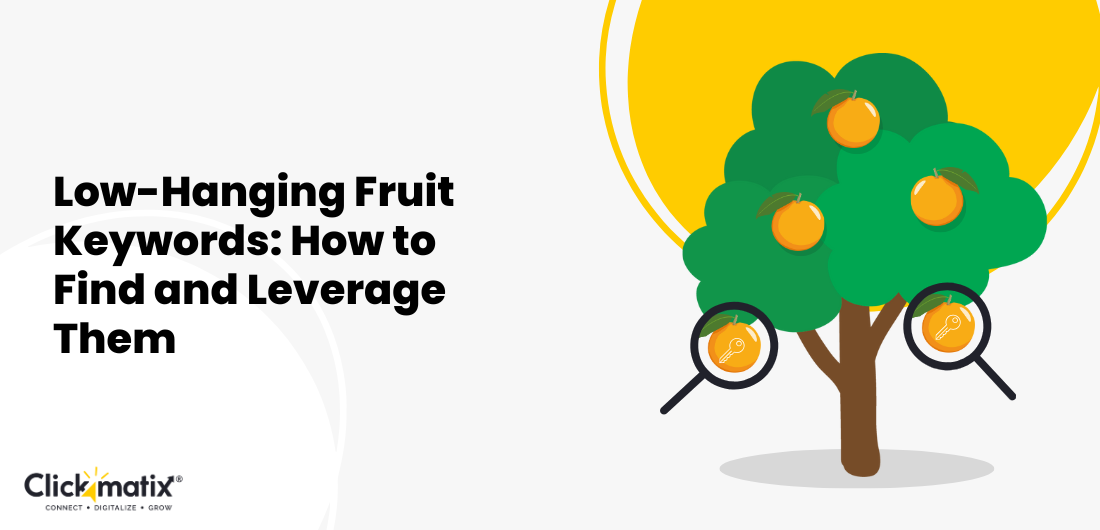





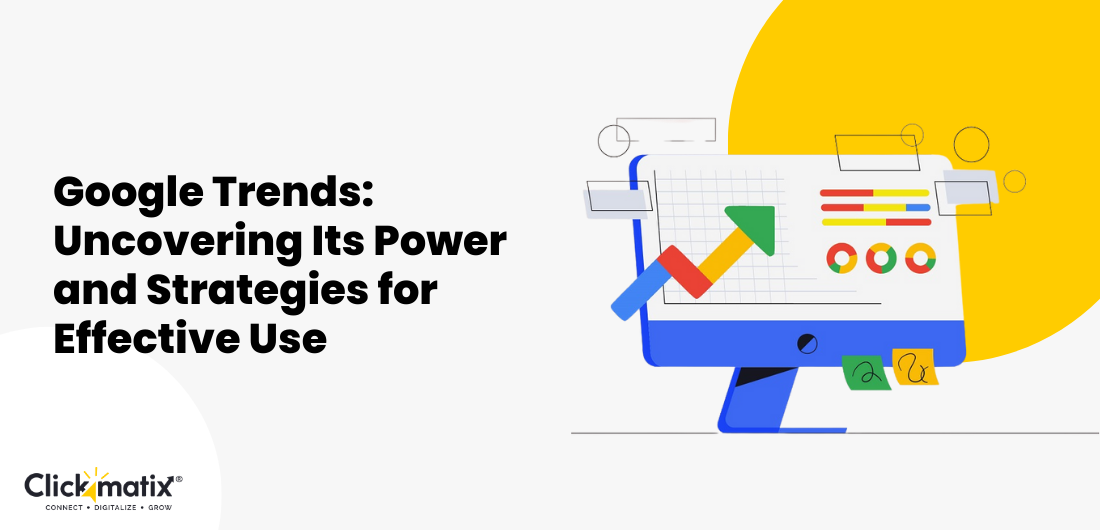
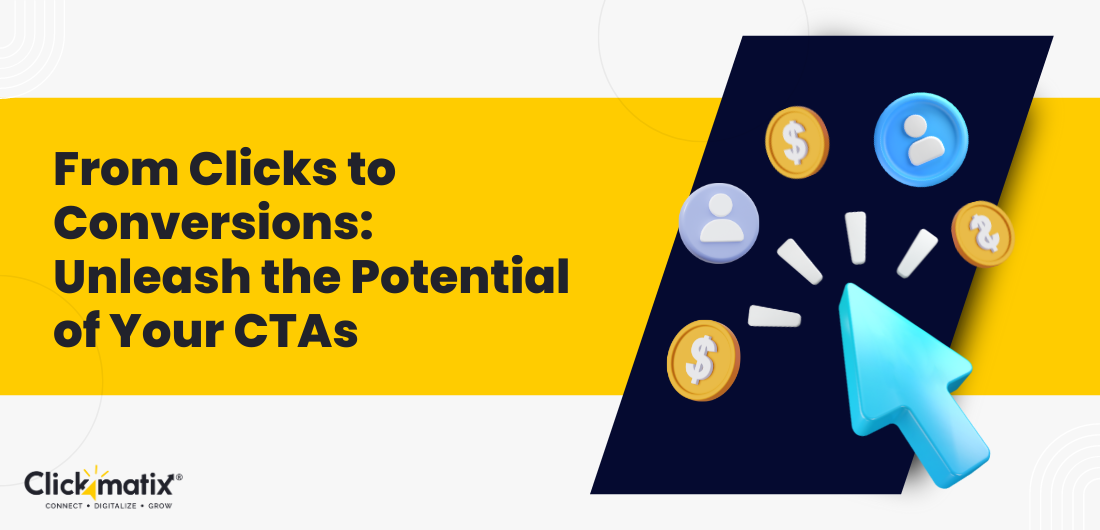



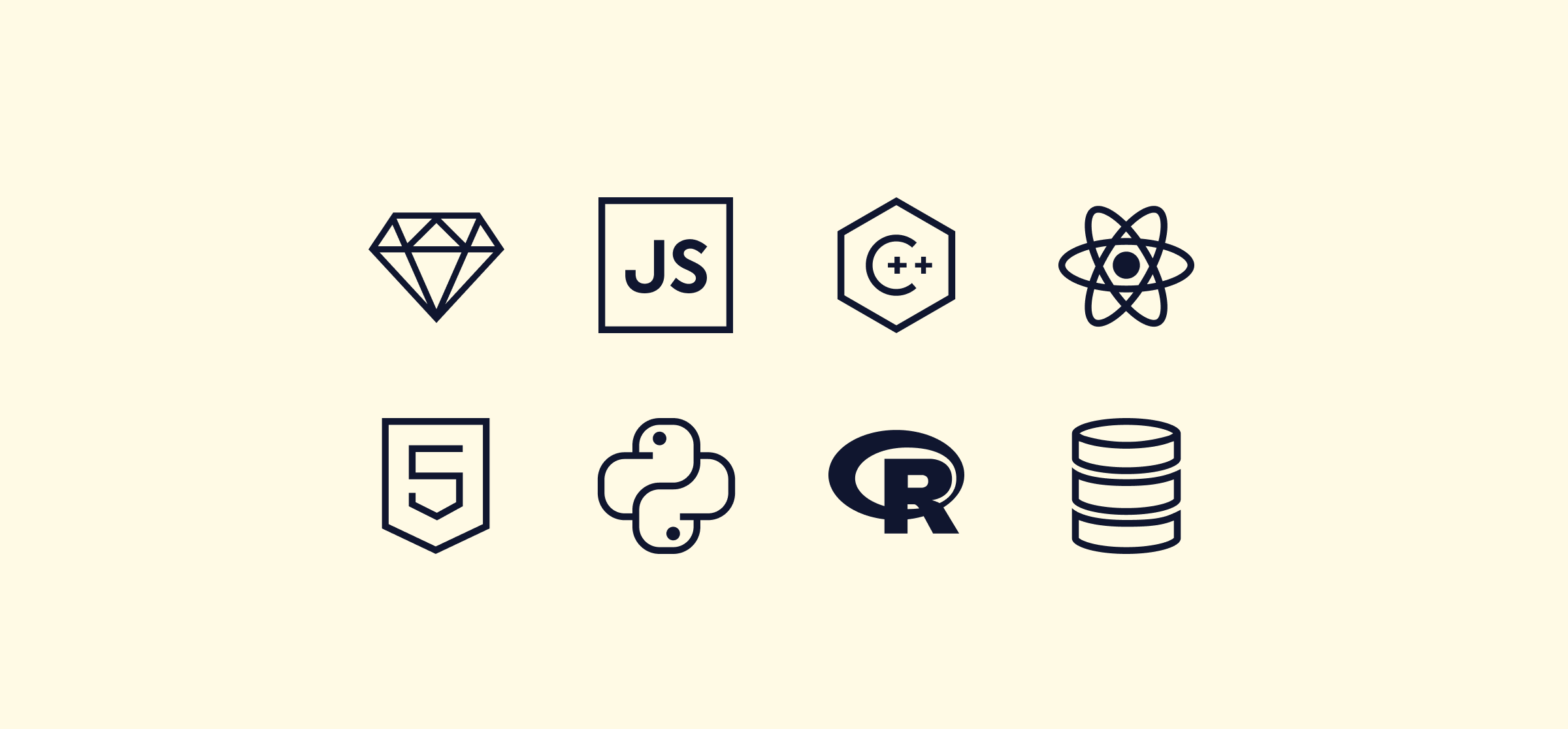
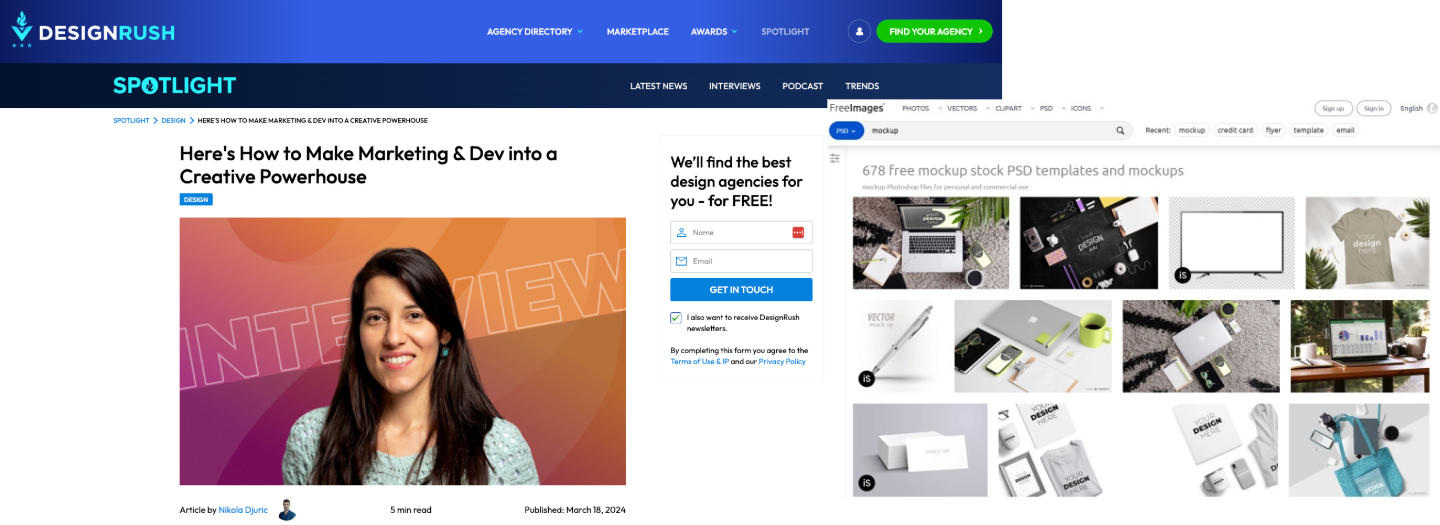

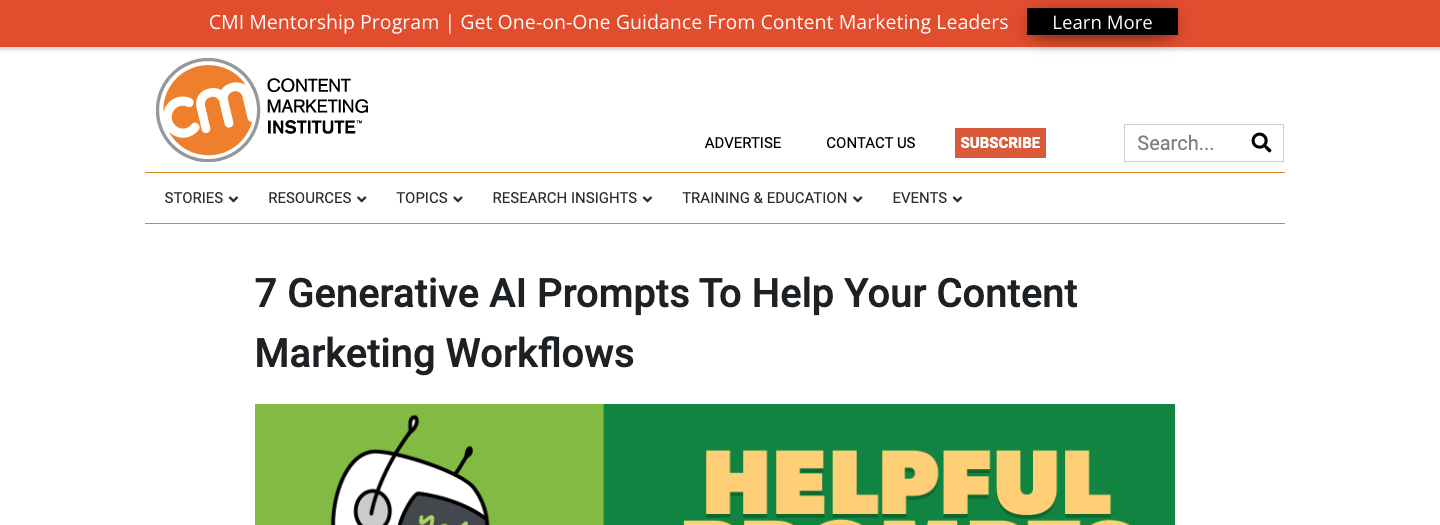
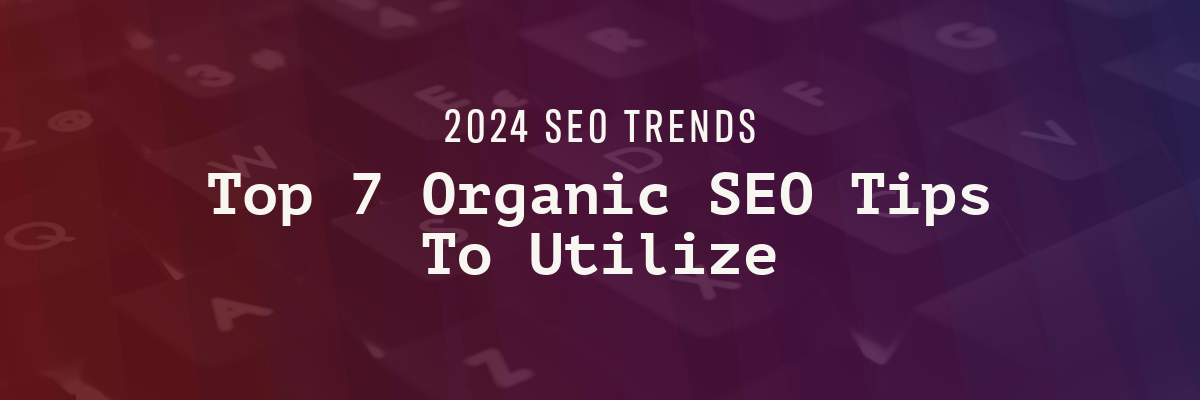














.png)








